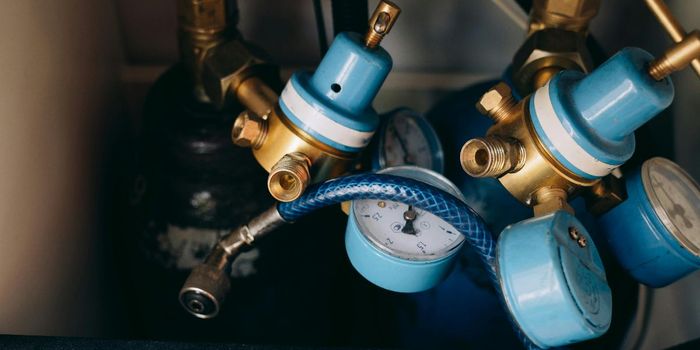Patients who suffer from Amyotropic Lateral Sclerosis (ALS-Lou Gehrig’s) experience the loss of most of their muscle function, eventually needing round the clock care. What some do not realize however is that intellectually these patients are still sharp. The disease affects the ability to move and speak, however it does not cause dementia or other cognitive decline. It’s sometimes referred to “locked in” syndrome. There is no cure for ALS and very little that can be done for patients. A team of researchers at the University Medical Center in Utrecht has come up with a brain implant that could help these patients and the work is groundbreaking.

One such patient, Hanneke de Bruijne who lives in the Netherlands, was diagnosed with ALS in 2008. The disease progressed and she is now wheelchair bound and cannot move or speak. She underwent surgery to have a electrodes placed in the motor cortex area of her brain. Those electrodes were then connected to a tiny transmitter placed near her collarbone. The final step is a receiver that is connected to a computer screen with letters. When Hanneke wants to speak, she watches as the a cursor is moved over the letters, and when it reaches one she wants to use, a hand movement selects that letter. Since moving her hand is impossible, but the brain still sends a signal, the electrodes read that signal, pass it to the transmitter and the letter is selected.
The research team working with Hanneke has spent thousands of hours getting the technology just right. The results of their study and how it’s working were published recently in the New England Journal of Medicine. .
In a press release, Professor Nick Ramsey, a professor of cognitive neuroscience at the University Medical Center Utrecht Brain Centre said, " This is a major breakthrough in achieving self-communication in severely crippled patients or those with paralysis caused by ALS, cerebral hemorrhage or trauma. In fact, this patient has been a kind of remote control. Thus she can, without using her muscles, operate a computer voice. "
Work on this kind of implant technology has been ongoing at the UMC Brain Centre for years. Previous versions included scalp caps with electrodes and a voice synthesizer as well as wires that were implanted under the skin, but not into the brain directly. The system that Hanneke uses in her home is the only one of its kind in the world. While it has taken months of work, she can type at a rate of two letters per minute which Ramsey hopes can be improved. As he explained to Euronews, “It’s the fact that you need this special computer software to choose letters. That’s the limiting factor: basically ninety percent of the time she is waiting until the right part of the screen lights up so she can click it. That’s something that you can improve a little bit, but you can’t make it much faster.”
The team hopes to add three more ALS patients to their research so more improvements can be made. Take a look at the video below to see the impact the project has had on this brave patient.
Sources:
UMC Utrecht,
Euronews,
CNN









